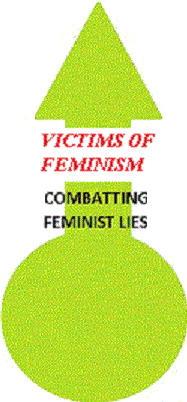Home > Issues > Pay Equity & the Alleged Pay Gap > The Pay Equity Scam |
||||||||||

|
Empowering Men:fighting feminist lies |
|||||||||
The Pay Equity Scam© Peter Zohrab 2015 |
||||||||||
Home > Issues > Pay Equity & the Alleged Pay Gap > The Pay Equity Scam |
||||||||||

|
Empowering Men:fighting feminist lies |
|||||||||
The Pay Equity Scam© Peter Zohrab 2015 |
||||||||||
equal pay for women for work predominantly or exclusively performed by women, is to be determined by reference to what men would be paid to do the same work abstracting from skills, responsibility, conditions and degrees of effort as well as from any systemic undervaluation of the work derived from current or historical or structural gender discrimination.
| |
|||||||||
|
|||||||||
Top |